HBK - Hottinger Brüel & Kjaer (Germany) - The amount of land that can be used for agriculture is decreasing while the world's population, which needs to be fed, is growing. The pressure to get more crops out of less land and at the same time preserve resources and the environment almost sounds like squaring the circle. And yet automation is already making many things possible today that were considered unthinkable just a few years ago.
Cloud technologies allow sensor data and entire machines to network - even across manufacturers. Whether AI or autonomous driving: What is known in the industry as 4.0 and is being developed there at full speed has also long since found its way into agriculture as so-called "precision farming". Intelligent systems enable seeds to be sown based on soil conditions, fertilizers and pesticides to be dosed precisely, and, last but not least, harvest yields to be monitored accurately.
Like the automotive sector, the efficiency of prime movers also plays a major role in agriculture; more power with less fuel consumption (and thus lower CO2 emissions) is an important selling point in view of rising costs.
Off-the-shelf sensors? Not in agriculture:
Progressive automation is based on intelligent, digital control and regulation systems that process and store huge amounts of data thanks to modern mobile networks (keyword 5G). Regardless of whether it is the inclination of a tractor on uneven terrain, the depth of seed placement, or the crop weight at a given geographical position. High-precision and reliable sensors are needed to make these measurements and transmit them as signals to the control system. However, what is suitable for other mobile applications and is readily available on the market does not necessarily meet the requirements in agriculture. Reliability, robustness, durability, temperature resistance from -40 °C to +85 °C, and, of course, measurement accuracy, to name just a few of the properties that sensors suitable for use in agricultural machinery and equipment must possess.
Another common problem is the lack of space at the measuring point. In the worst case, mounting a sensor can require expensive design changes. As there is a lack of standard sensors developed specifically for agriculture, machine manufacturers (OEMs) often go for individual solutions. Reliable measurement results and manageable costs are a must in these cases. To produce customized sensors, manufacturers of agricultural machinery need a reliable partner who will work with them to develop their specific solution, possibly even in a lengthy process. This partner must have the necessary technical expertise in addition to sound experience in the industry to be able to assess and understand the challenges. The sensors, whether manufactured in small series or large quantities, must meet the highest quality standards, and have the necessary certifications for specific sales markets.
Strain gauges: First choice for determining force and load:
As one of the worldwide leading suppliers of industrial sensors and measurement electronics. For over 60 years, we have devoted ourselves to the measurement of critical mechanical changes such as force, load, pressure, weight, or torque. Our large sensor range also includes digital and analog strain gauge-based load cells in various accuracy classes (e.g., long-life bending beam load cells or ring torsion load cells for large loads). They are robust and corrosion resistant. Depending on the type, they are suitable for static or mobile applications. To mention an example of the latter, one of our customers has been successfully using low-profile RTN load cells with nominal loads of up to 470 tonnes for silo weighing on trucks for years. They unload goods such as pellets or animal feed at the end customer's site, determine the weight in a calibratable manner and simultaneously calculate it by means of GPS. The data is stored in a calibratable form on an SD card and in a database. Finally, they issue the end customer’s invoice on site.
As we have seen above, agriculture often requires load cells or force sensors tailored to the specific application, which take into account existing geometries (lack of space) and withstand harsh environmental conditions. Thanks to strain gauge technology, both load cells and force sensors are flexible in design and versatile in use. Downforce load sensors, for example, are installed in seeding machines to determine the condition of the crumb. Appropriate hydraulic or pneumatic adjustment ensures the correct planting depth. Force sensors are also used for load control of baling power and pressure. Load cells with strain gauges measure the yield in harvesting machines as well as the required amount of fertilizer and crop protection agents based on the weight of grain, seed, and fertilizer tanks. It is very easy to adapt both to customer-specific requirements.
HBK has produced hundreds of customized strain gauge designs for OEMs in a wide range of industries, including manufacturers of agricultural machinery. They are applied with a custom- developed adhesive and finished with a special protective coating, making them particularly durable. The advantage: a proven, cost-effective technology without compromise on precision. Sensors that work with strain gauges are maintenance-free and reliably deliver precise measurement results. Existing components can be used and converted into sensors without interfering with the design.
Bringing engine power to the wheels ̶ torque measurement:
A crucial measured variable for prime movers (e.g. tractors) is torque. It is the critical factor in determining mechanical efficiency and the even distribution of power to the wheels of the vehicle. Economy and fuel efficiency targets need to be reconciled with generating as much traction and torque as possible at controllable speeds, as well as keeping vehicles stable on rough terrain and preventing them from tipping over. Also, with regard to autonomous driving, torque is becoming increasingly important and is now measured at a wide variety of points in the drivetrain and on the wheels.
Where space is at a premium, customized torque sensors can be installed in existing drivetrain components using strain gauge technology. Measurement data transmission is wireless.
Competence Center for OEM Sensors:
Our site in Marlboro, Massachusetts (USA), a team of specialized engineers works with OEM customers to define the appropriate sensor for their measurement task and bring it to production maturity.
“Typically, a customized sensor is created in just four steps,” says Hermann Merz, Head of IPC/WT-OEM Sales. “After the requirements for the sensor have been defined and the appropriate component has been identified, we develop a concept. Within just a few weeks, the PoC (proof of concept) is created. As soon as it has been accepted by the customer, a prototype is built, which is first tested and validated at our premises, then at the customer's premises. Finally, the last step is the handover to series production at our locations in the USA and China. In the best case, the entire process takes a few months only,” says Merz. “It is important to contact us at a very early stage of development. Often it is too late to implement the ideal solution because the customer's development process is already too far advanced,” Merz continues. “We consider ourselves part of the customer's R&D team and do everything we can to find the best possible solution for their specific measurement task. That doesn't imply high development costs. On the contrary. Our priority is an exchange on a technical level and the consultancy. Should cooperation come about, the unit prices for series production will be negotiated between purchasing and sales later.”
The starting point for all discussions with the customer is always the optimal sensor for their application. If no suitable strain gauge is available, we will simply manufacture a new one. The possible subsequent engineering services range from professional, series-production-ready bonding of the strain gauge in the component via the development and production of the complete sensor to the development or assembly of a complete sub-assembly including wiring, housing, and the appropriate electronics. Finally, all product data can be transferred directly to the customer's database for traceability. For the customer, the advantages of the complete solution are obvious: a single contact person, neither interface nor coordination problems, but "plug-n-play".
We develop and manufacture customized sensors for renowned OEM customers worldwide in medical technology, robotics, power generation, and many other industries.








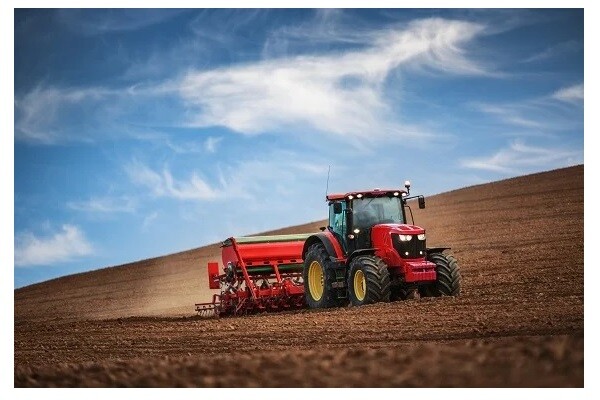
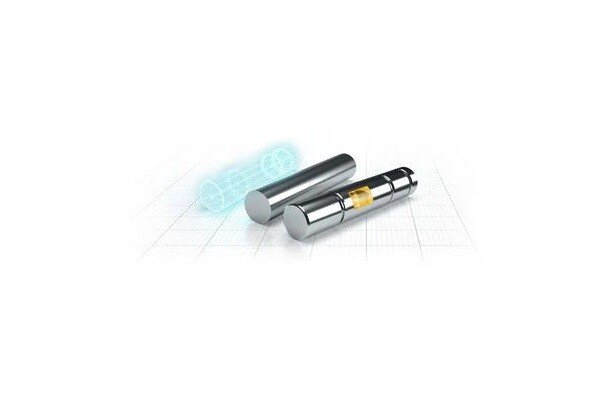







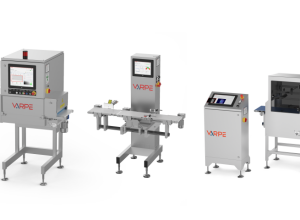
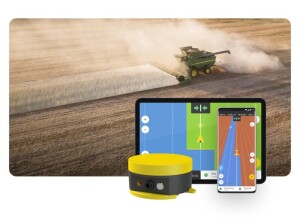
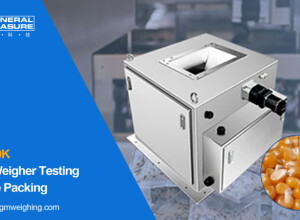


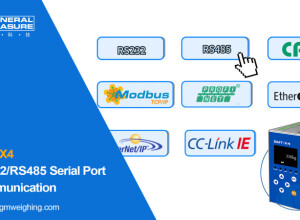






Interested? Submit your enquiry using the form below:
Only available for registered users. Sign In to your account or register here.